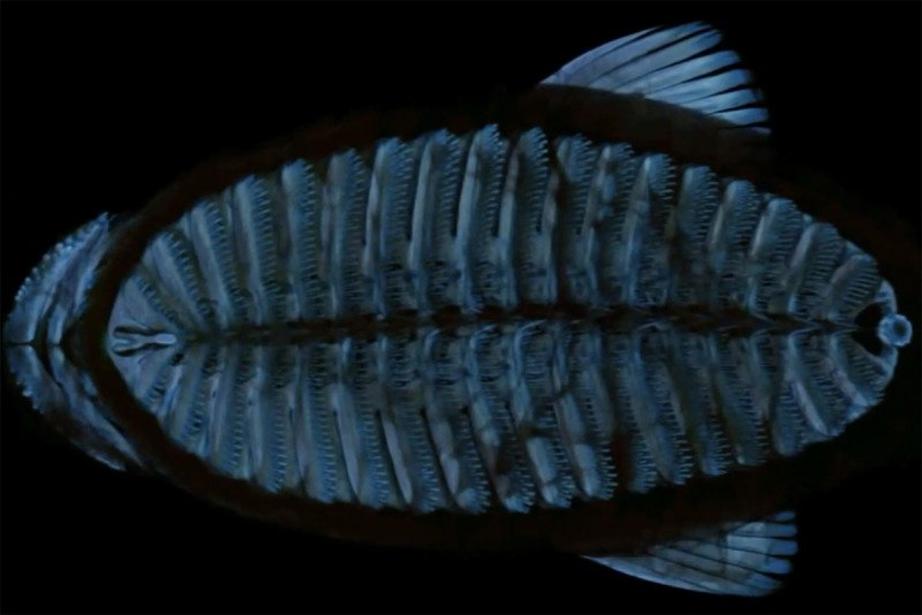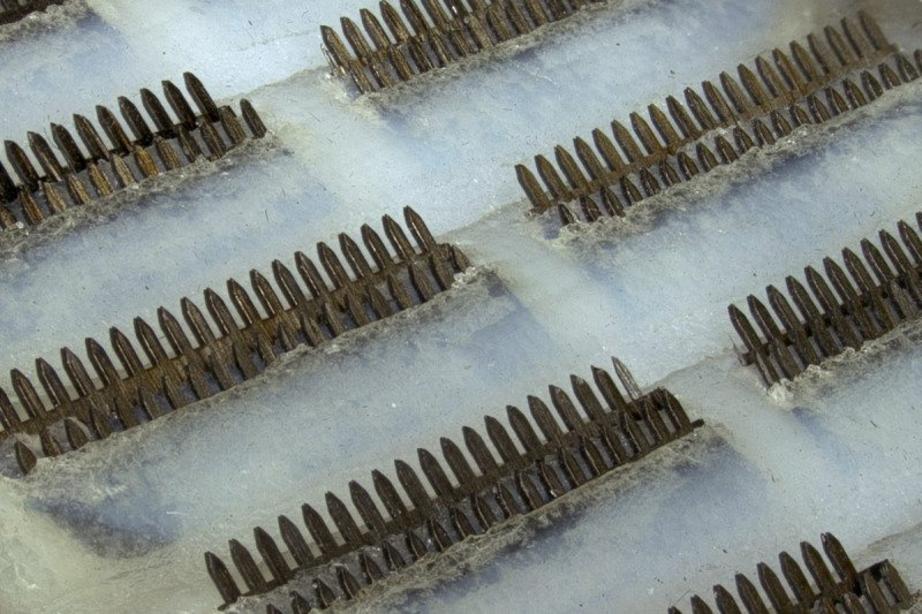Robots can hitch-hike on sharks thanks to ultrastrong sucker
Who are you calling a sucker? Underwater robots could soon hitch rides on sharks and whales thanks to a fish-inspired suction cup that clamps on to shark skin and other surfaces.
 The sharksucker’s modified dorsal fin allows it to clamp on to other sea creatures
The sharksucker’s modified dorsal fin allows it to clamp on to other sea creatures
“Scientists could record data by attaching this robot to animals without hurting them,” says Li Wen at Beihang University in China, whose team developed the sucker. It is designed to cling to a moving surface, like a shark, even as it twists and turns at high speed.

The design for Wen’s robotic suction cup is inspired by the slender sharksucker – a marine fish that attaches itself to sharks, rays and turtles using a sucking disc on its head. In the wild, the sharksucker hitch-hikes rides on hosts so it can snack on food scraps, faeces and the crustaceans that live on marine animals, all while expending minimal energy.
Hitch-hiking like this on sharks and whales could offer an improvement on existing ways of tracking and tagging animals, which are criticised for possibly causing harm, or for being ineffective as sensors fall off.

Slow swimmers
Saving energy while swimming is big deal for robots too. The handful of existing types of swimming robots aren’t very fast on their fins. Earlier this year, researchers developed a robotic stingray that can reach top speeds of 6 centimetres per second. While slower than even very small fish, it is a recording-breaking pace for robots of its kind.
But robots attached to live fish could experience a real speed boost. Wen’s artificial sucker can withstand the kinds of forces that sharksuckers face when attached to sharks cruising at more than 1.5 metres per second.
Nathan Lepora at the University of Bristol, UK, is impressed with the sucker’s grip. “Trying to grip underwater is a big problem,” he says, so this fish-inspired sucker could also be put to good use helping robots to maintain underwater infrastructure like submerged oil pipes.
 A close-up of the structure of the robotic suction pad
A close-up of the structure of the robotic suction pad
Attached to a smooth surface, the robotic sucker has serious sticking power, withstanding pull-off forces equal to more than 340 times its own weight. In the lab it has also been attached to shark skin, glass, a carton of orange juice and an iPhone.
Its gripping abilities are largely down to the sucker’s fish-inspired design, which combines a large suction pad with some 1000 tiny carbon fibre spinules that help the sucker stay attached. The spinules, arranged in rows along the sucker, can be raised and lowered to help the device attach and detach.
It takes Wen and his colleagues in the US about two days to make a swimming robot with a sucker attached. The next step will be to attach a hitch-hiking robot to swimming sharks or dolphins, and see how well it can hang on for in the real world. “That is certainly interesting and challenging,” says Wen.
Journal reference: Science Robotics, DOI: 10.1126/scirobotics.aan8072
Video can be accessed at source link below.

